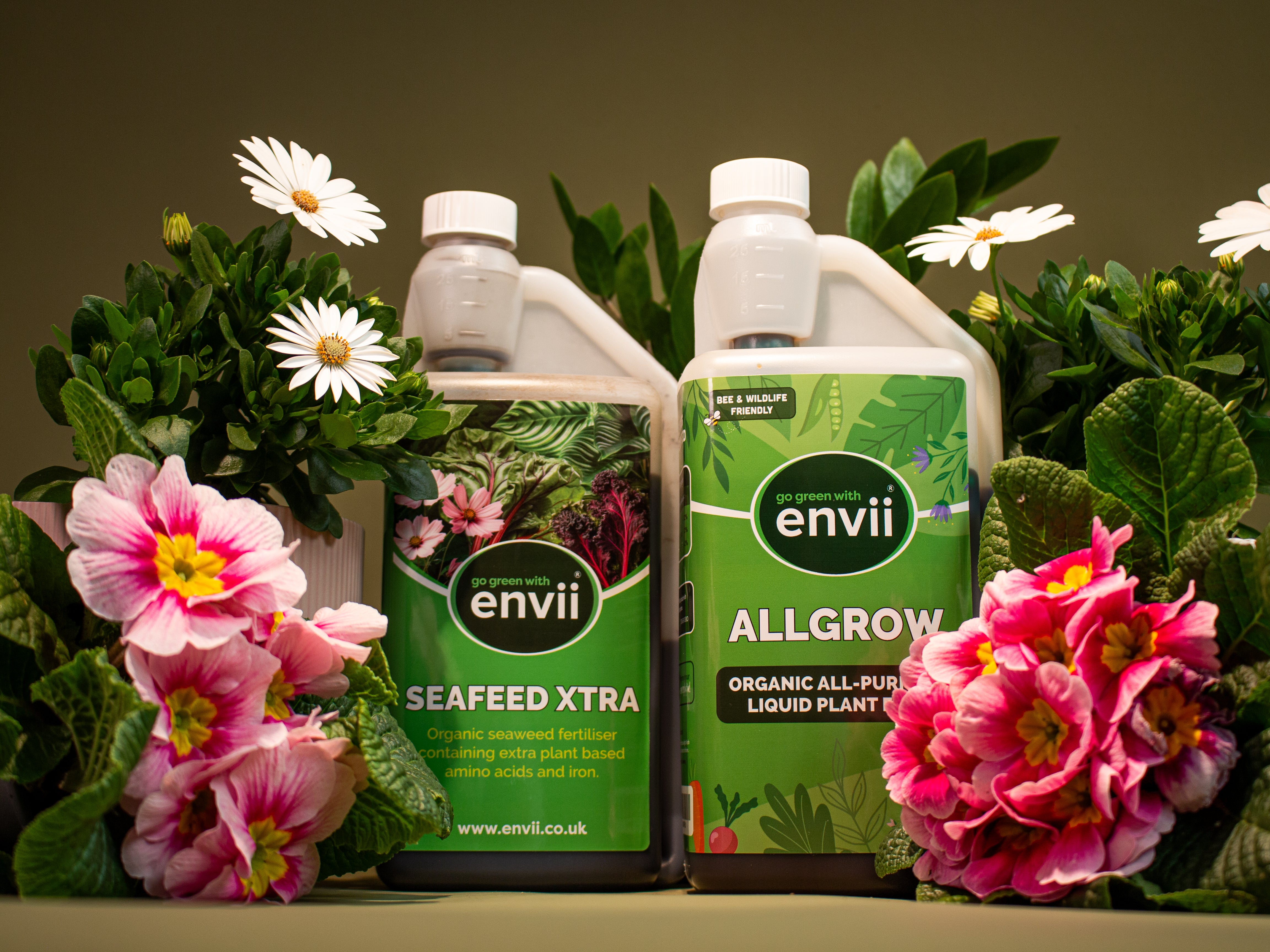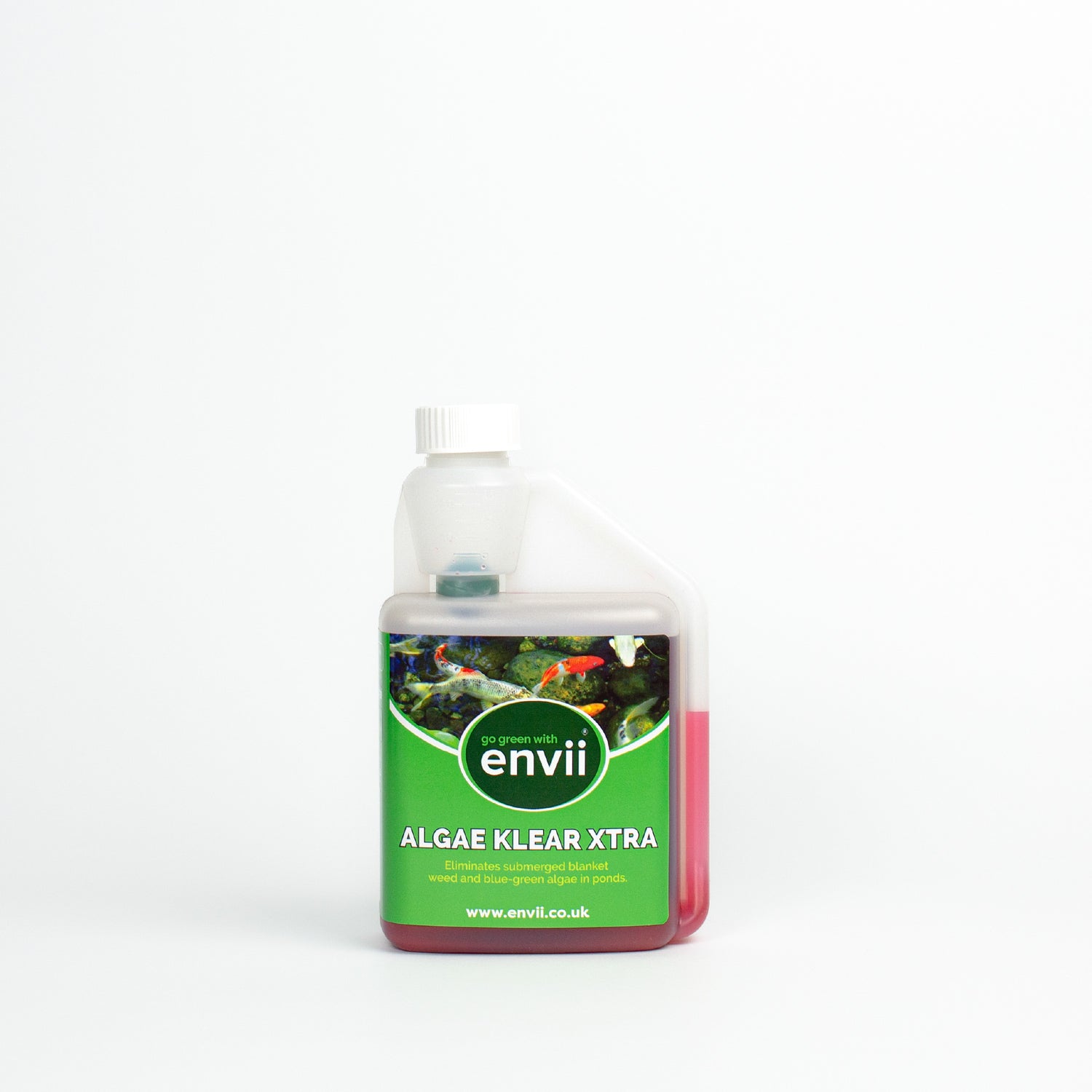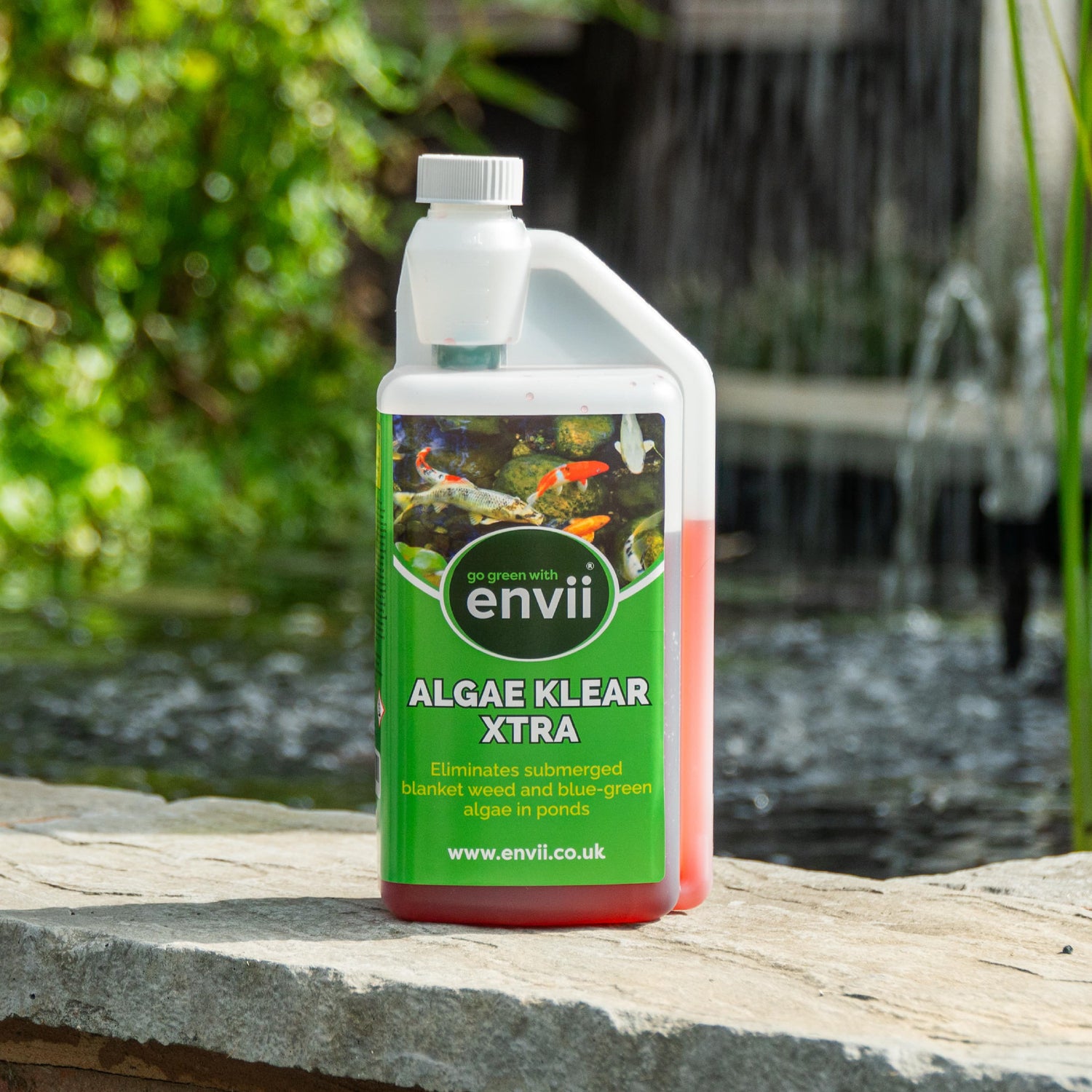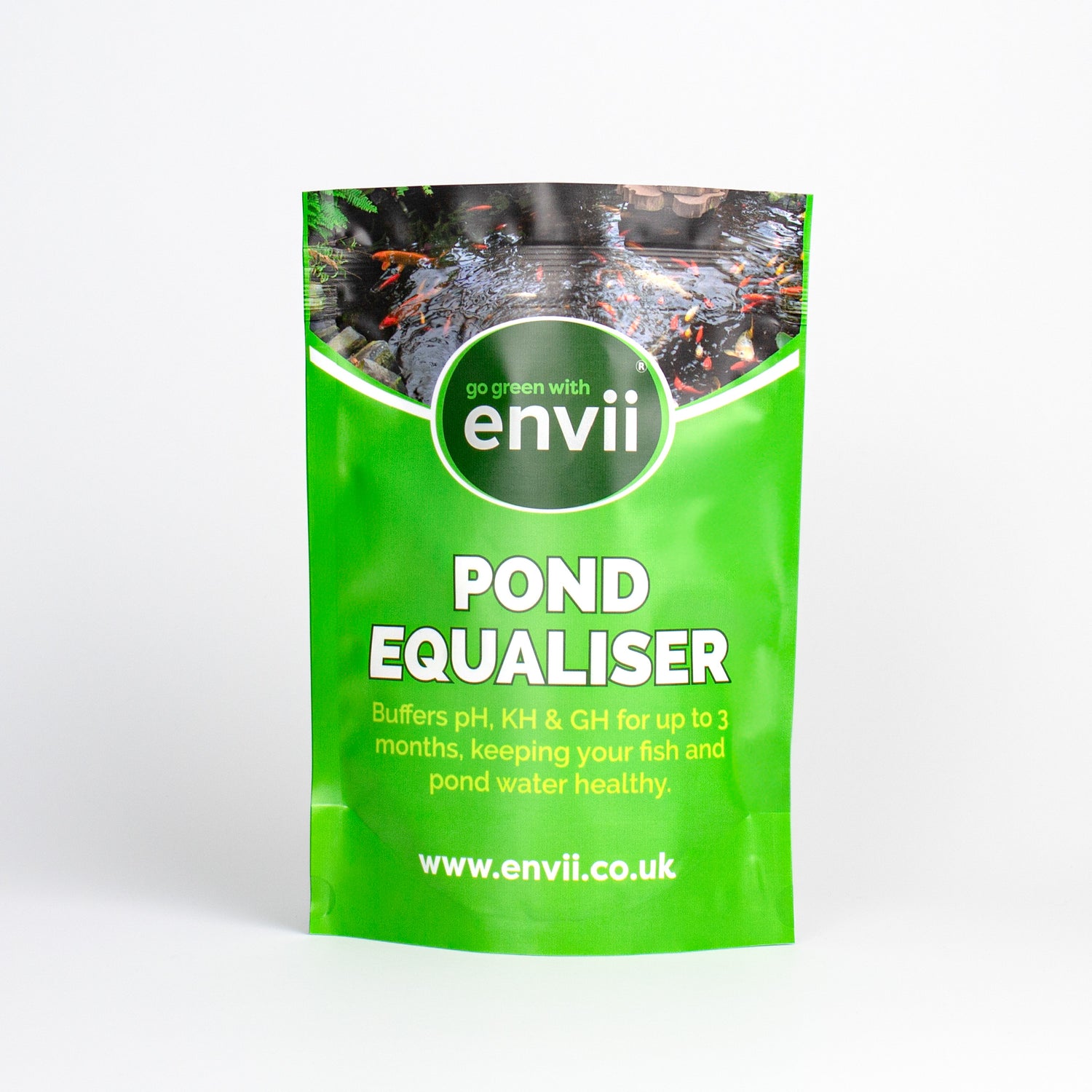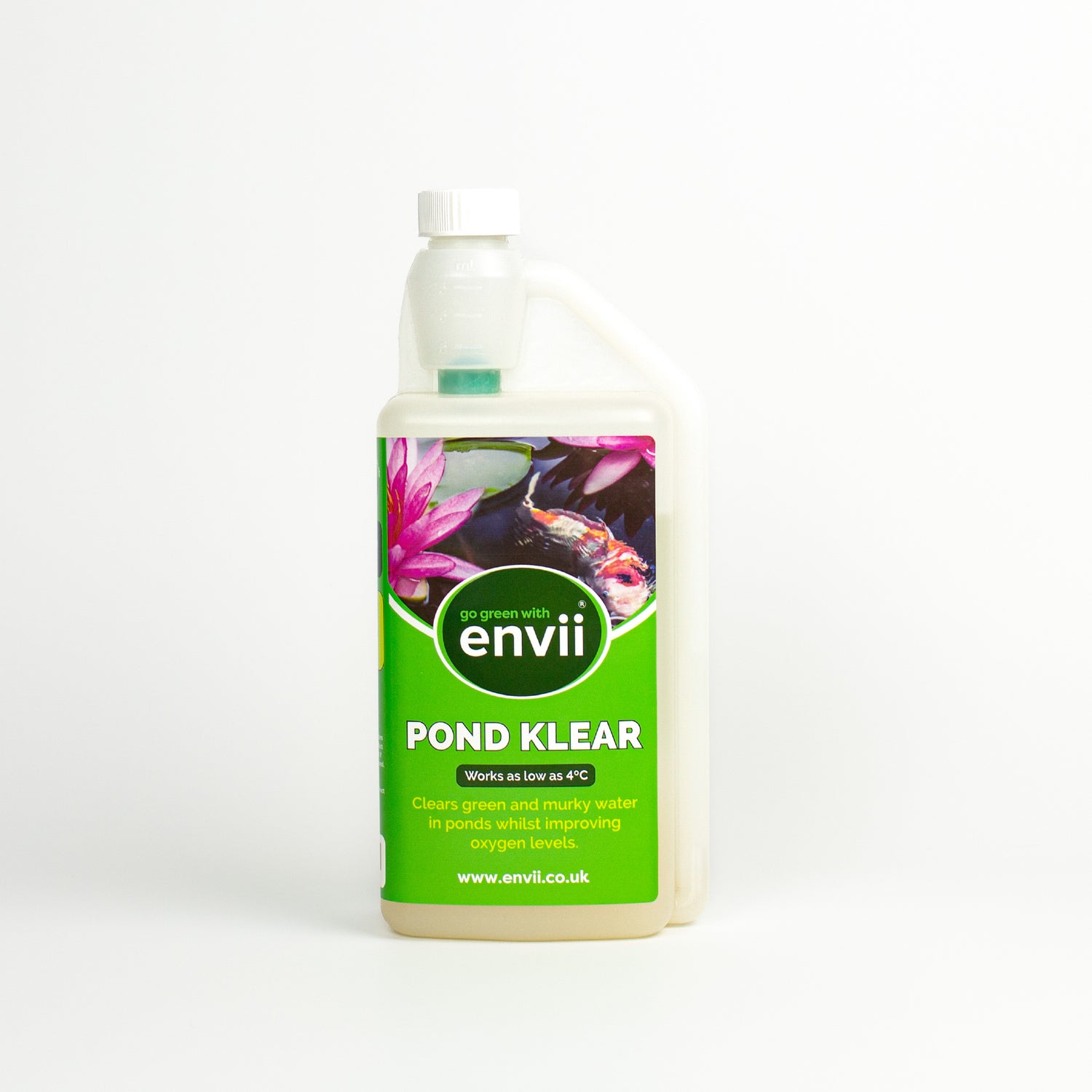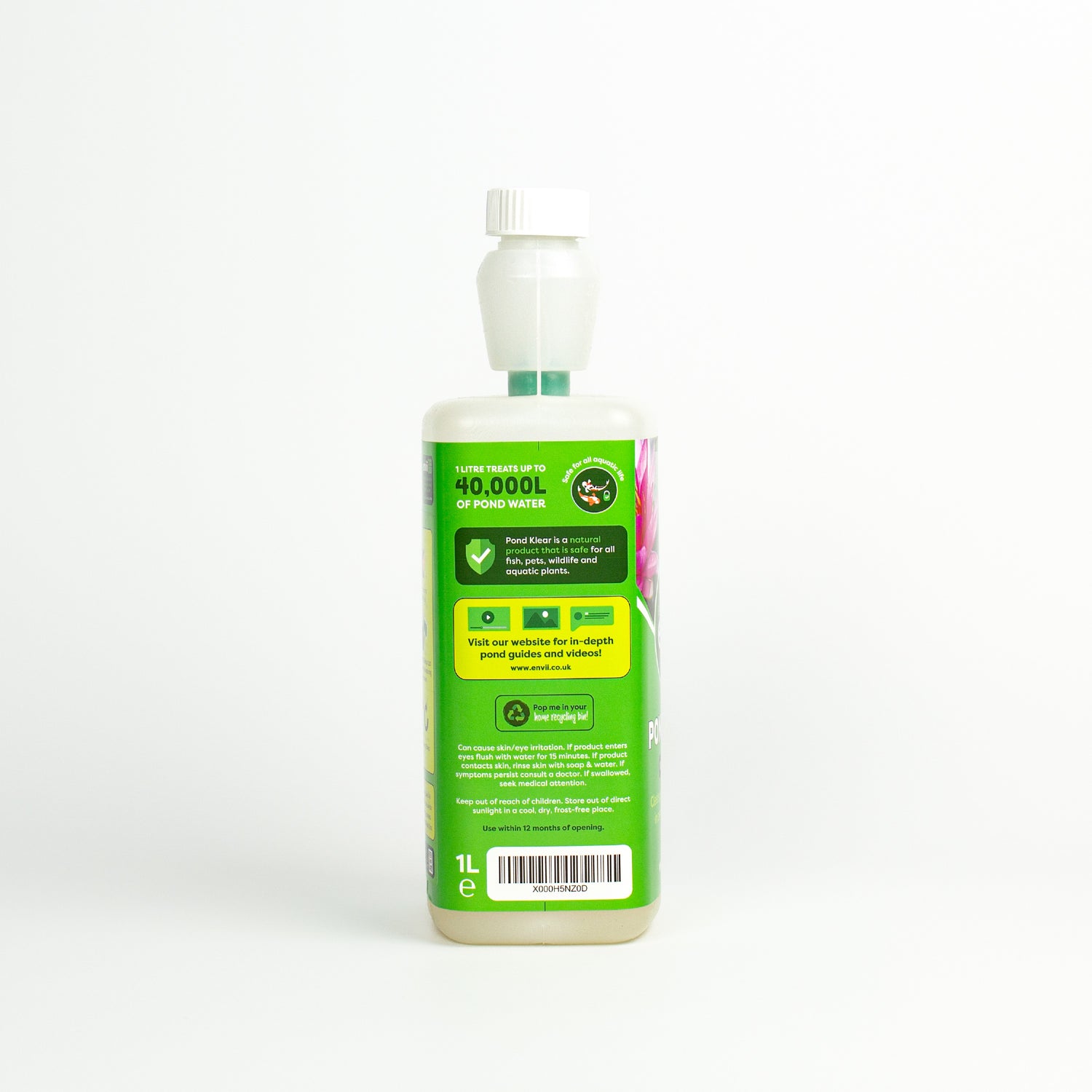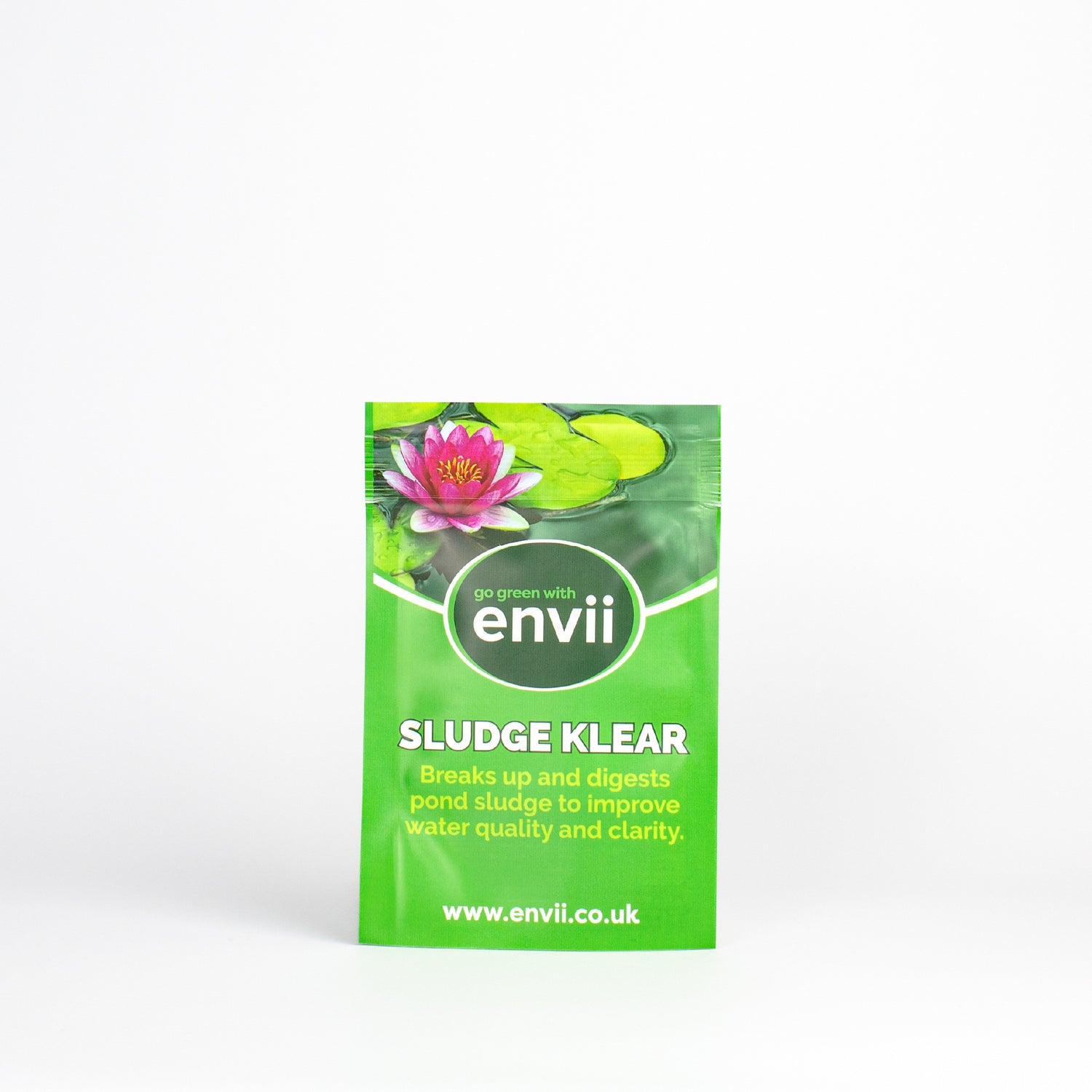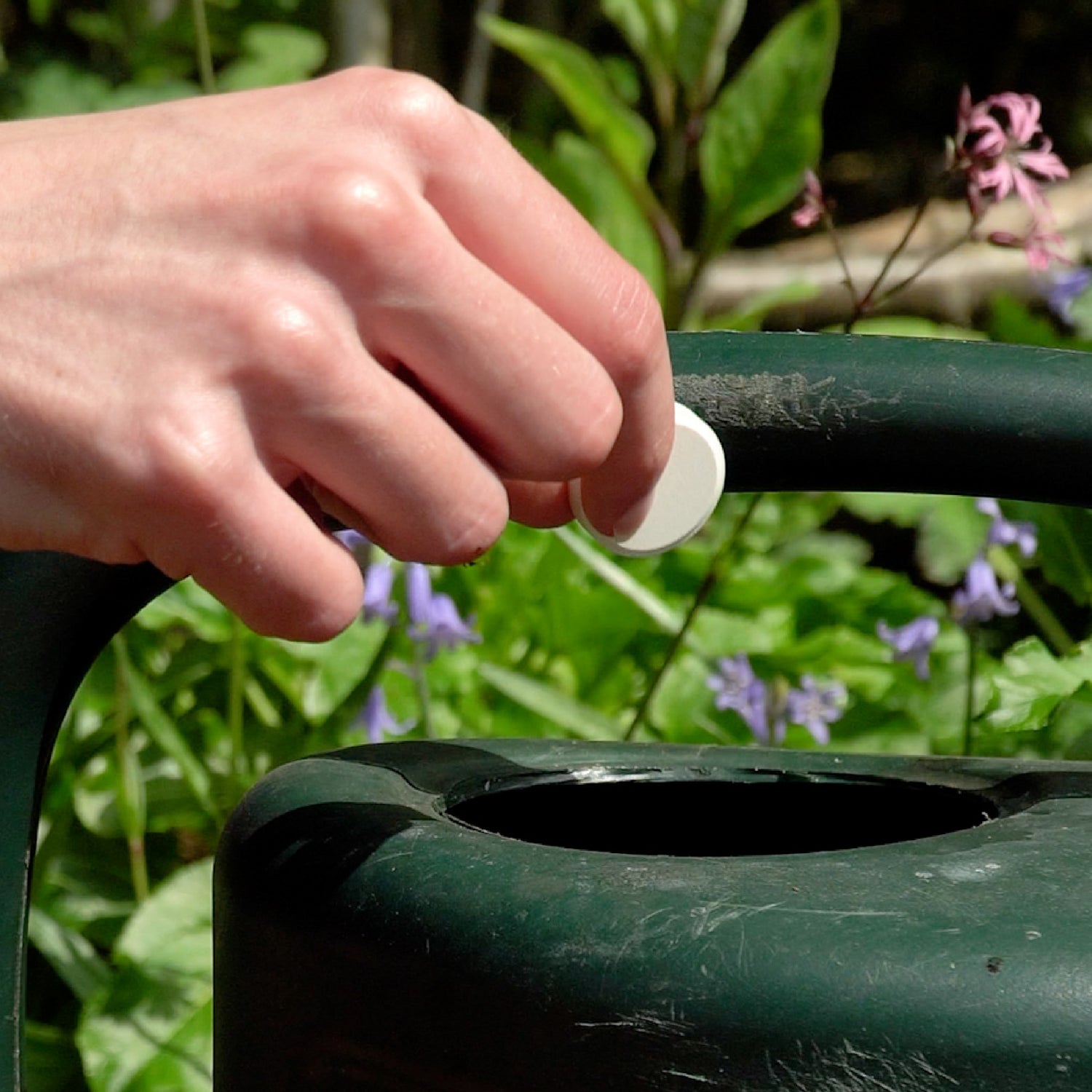What is a natural pond?
Ponds come in various different forms. They serve different purposes by the nature of how they exist. In their most basic form, they are simply a body of still, freshwater. Usually, their purpose is dependent on what can be found within them. Most people are most familiar with garden ponds. However, even these come with their own categories. From a wildlife pond to a general fish pond to an even more specific koi fish pond. However, this blog will focus on natural ponds. Natural ponds are typically found in nature. However, what if we told you that natural ponds CAN, in fact, be man-made?
Man-made natural ponds can be considered to be natural in the sense that they don’t require pumps, filters or chemicals to be maintained.
They rely on the water, soil (although the pond may possibly have a pond liner to keep the water inside), plants and animal life to co-exist. Creating the ideal environment for the natural pond Eco-system to be in balance.
With this definition, it’s easier to understand how the definition of a natural pond can be extended to include a man-made pond.
How Do Natural Ponds Work?
Natural ponds don’t need a filtration system to keep the water clean. This is where it becomes important to consider whether a natural man-made pond uses a pond liner or not.
While ponds with a liner are still considered natural, pond liners, in general, are artificial. Thus they can disrupt the state of harmony between the water, plants and aquatic life.
Therefore this can mean that having a pond liner is a natural man-made pond causes it to be more prone to the build-up of dirt (sludge) and odours.
The Pro’s and Con’s of Natural Ponds
Despite this, there is a major benefit to having a natural man-made pond over a more artificial pond. The abundance of micro-organisms in natural ponds should result in a naturally occurring cleaning system that aims to maintain itself. This is provided there are sufficient amounts of soil, rocks and plants present within the water to lessen the burden of artificial maintenance. Think pumps/filters, UV lights and other maintenance accessories, which are often quite expensive.
Another consideration within natural ponds is the aeration system. Natural man-made ponds tend to have an inadequate amount of plant life and micro-organisms such as beneficial bacteria to prevent the build-up of dead matter, animal waste and other organics. This, combined with low oxygen levels (because of the lack of plant life) creates the optimum living conditions for ‘bad’ bacteria who thrive in water conditions we would consider unhygienic and unpleasant to keep.
At this point, you might be thinking that a natural pond would be too much work to keep – But before you reconsider, make sure you’ve made an effort to try out all these simple methods of maintenance…
Pond Plants
Plants are hugely beneficial to all types of ponds but they’re especially useful for man-made natural ponds. Again, oxygen is required to create the ideal water environment for good water parameters. Submerged plants are the ideal type to provide the best results in keeping natural pond water oxygenated.
Beneficial Bacteria
In man-made natural ponds, beneficial bacteria help to clean water and reduce substances such as ammonia and nitrates that in large quantities become harmful to fish. Regular use of beneficial bacteria works to eradicate algae that can come in the form of green water or blanketweed. Making overall pond maintenance a lot easier throughout the year.
A Pond Water Feature
Still, natural ponds are only able to access surface level oxygen. They can only house a small population of fish because of this. Fish need oxygen to survive in ponds. The more fish in a still pond means an inadequacy amount can be supplied to all of them. By having a water feature in a natural pond, you promote movement within the water and increased surface area available for oxygen to be absorbed and to travel throughout the pond. Overall, this creates a better quality of water.
Share
